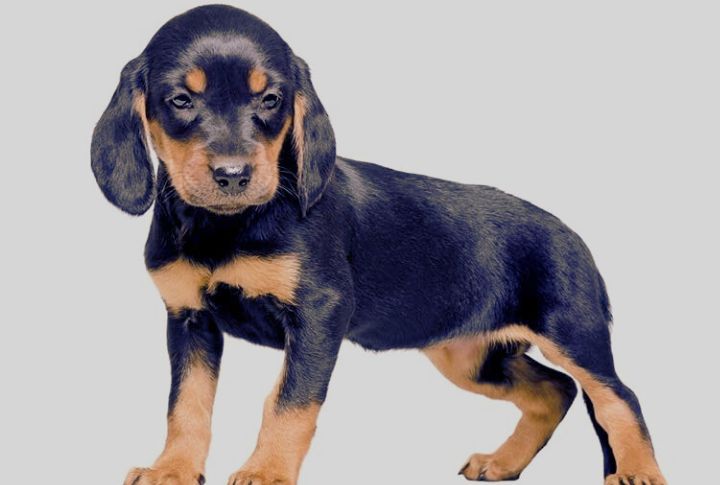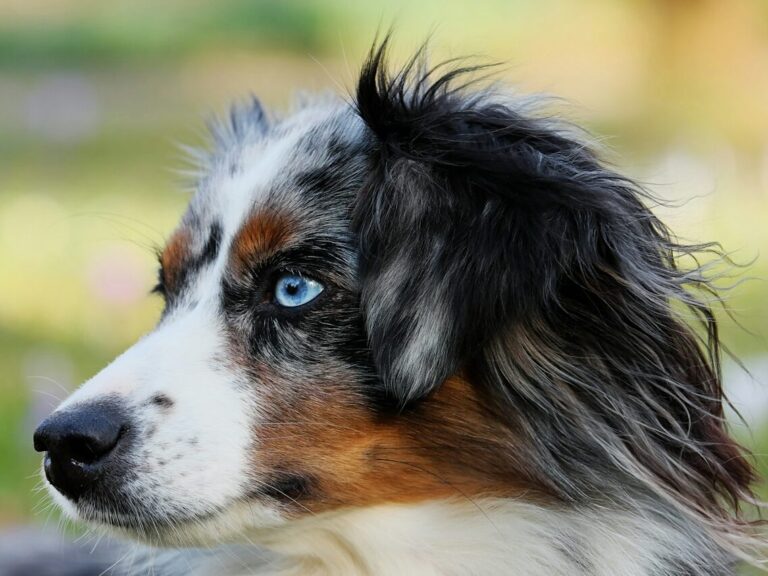What You Should Know About Germany’s Black Forest Tracker

It sounds like something out of a misty German legend—but that’s not quite where this tale begins. The “Black Forest Tracker” is a name with its agenda, and the real story walks a different path. To understand what makes this dog stand out, it helps to start where the trail truly begins.
A Name That Misleads

The so-called Black Forest Hound isn’t German at all. It’s actually the Slovensky Kopov from Slovakia. Some breeders use the name “Black Forest Tracker” to attract interest, but no German kennel club supports that title. The FCI recognizes it only as a Slovak breed.
Engineered For The Hunt

To develop a dog tough enough for wild boar, 19th-century Slovak hunters carefully bred this dog from the Brandlbracke and Magyar Agar. These canines added speed and scenting ability. The result? A focused, resilient tracker designed to handle rugged terrain without constant human direction.
Form Follows Function

With a black and tan coat built for forest cover, this hound stays protected and agile. Its broad chest and long tail improve balance in tight spaces. Standing 16 to 20 inches and weighing 33 to 44 pounds, it moves with quiet confidence through rugged terrain.
A Mind Of Its Own

Give this dog a trail, and it won’t quit. The Slovensky Kopov locks in on scent with impressive stamina and keeps going without needing direction. That persistence comes from breeding that encouraged not just physical drive but also smart, independent thinking tailored for tough, scent-driven work.
Home Life With A Tracker

The Slovensky Kopov bonds closely with its family but tends to remain reserved around new people. It may not mix well with same-gender dogs or smaller animals, but with early socialization, it usually thrives with kids and adapts well to home life, especially with space to roam.
Keeping Up With The Kopov

Don’t expect this dog to lounge around. It needs 50 to 60 minutes of daily movement, preferably through trail games or scent work. Over the week, that adds up to 14 to 16 miles. Without mental stimulation, all that energy can spiral into destructive habits.
Low Maintenance, High Durability

There’s no high-maintenance routine here. A simple weekly brushing and ear cleaning will do. With proper care, it may live 12 to 13 years. Still, folded ears and active joints mean that regular vet visits are essential to help prevent infections and protect long-term mobility.
Rare But Recognized

Globally, this breed is on the radar. The UKC and FCI officially recognize it as Slovak. In the U.S., it’s listed under AKC’s Foundation Stock Service but hasn’t reached full recognition. Breeders remain few, and most dogs come from Slovakia or the Czech Republic.
Not Your Average Hound

Boar remains its specialty, which means this isn’t your go-to for all game. Still, the Slovensky Kopov thrives when working alone. It stays quieter than breeds like the Black and Tan Coonhound by relying more on scent focus than noise to stay locked onto its target.
A Living Link To Heritage

Back in Slovakia’s rural past, survival often relied on skilled tracking dogs. Today, owning a Kopov keeps that story going. It reflects a deep-rooted connection to cultural tradition. That’s also why Slovak groups are working hard to protect the breed’s traits and original working purpose.





